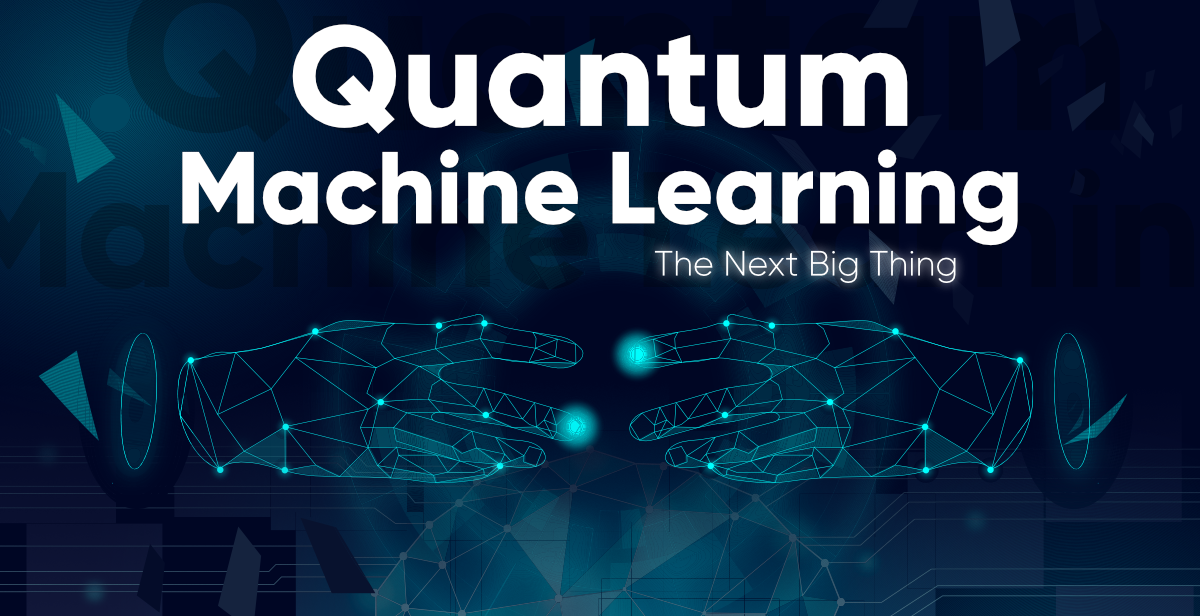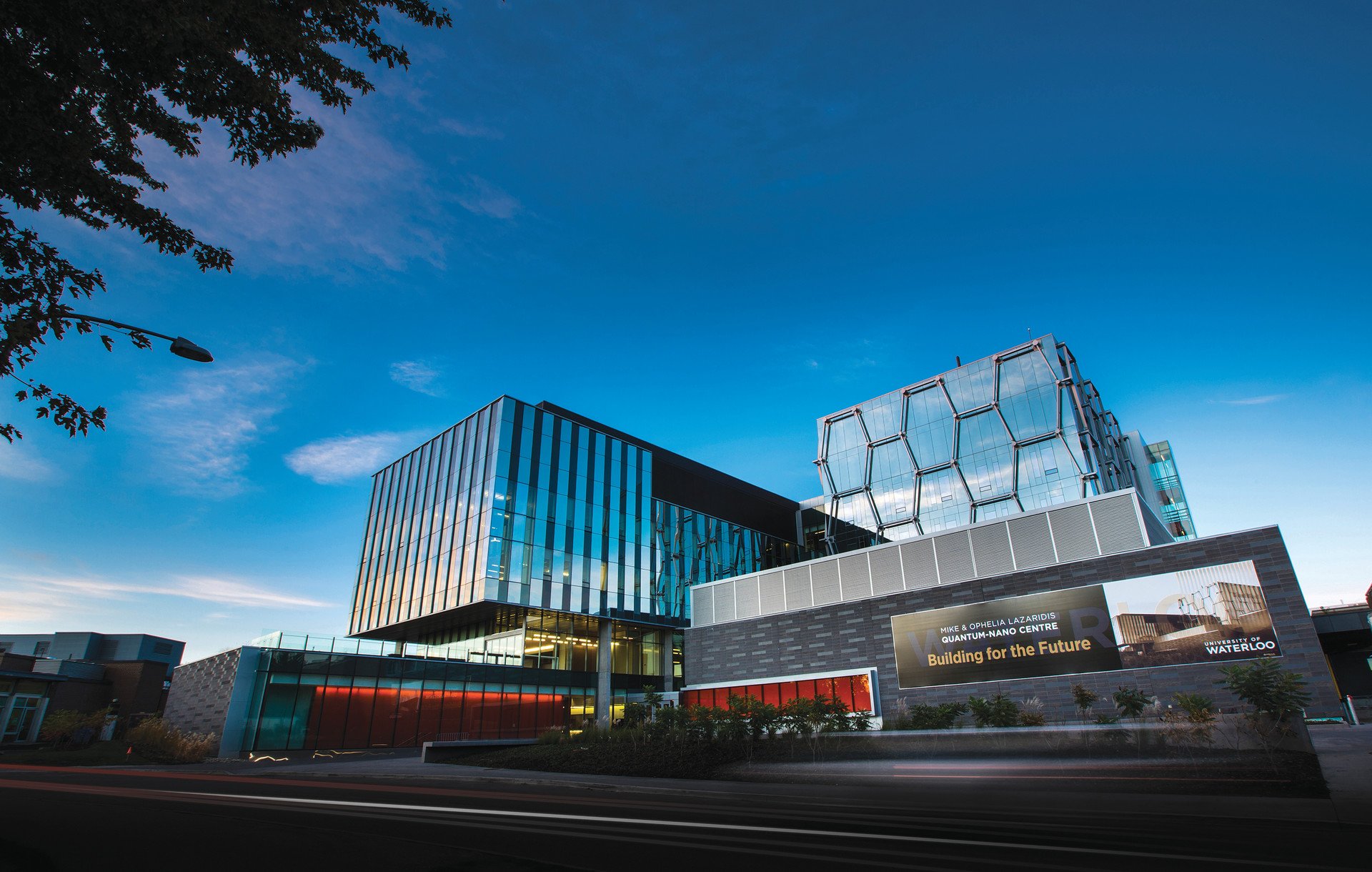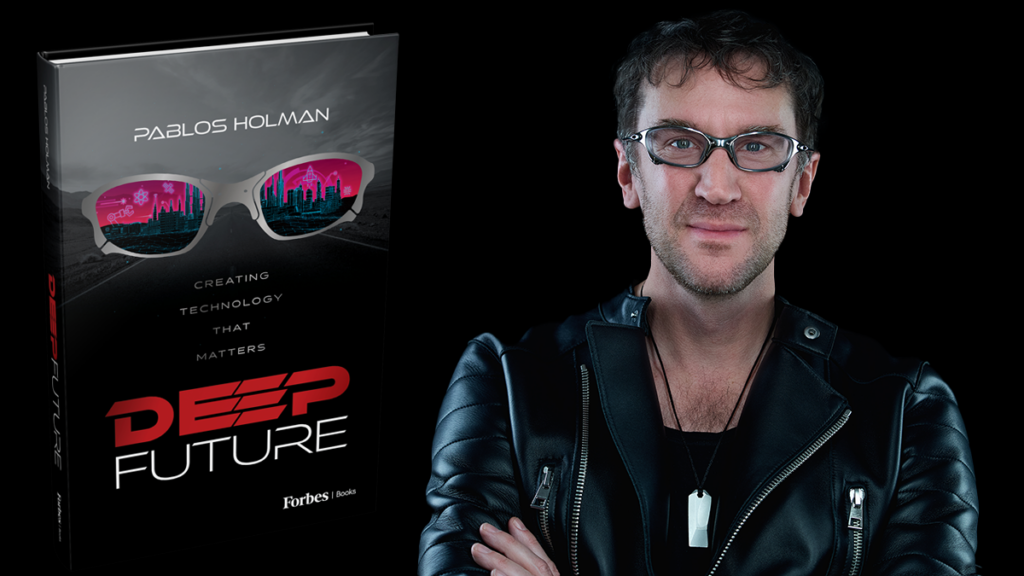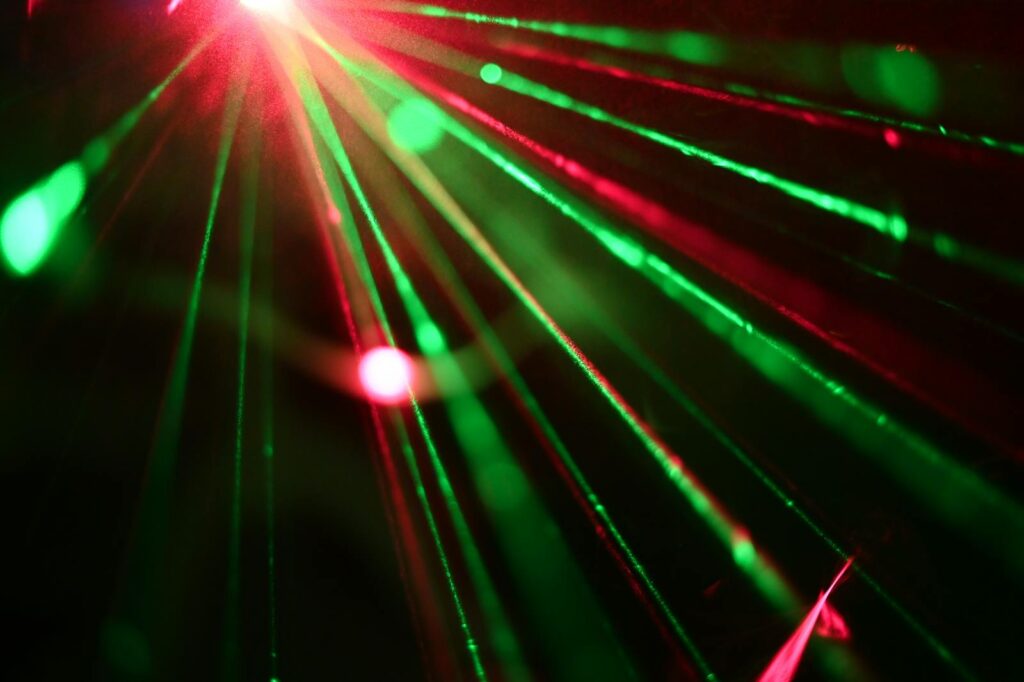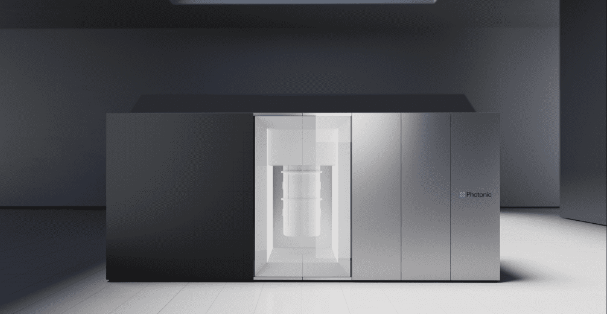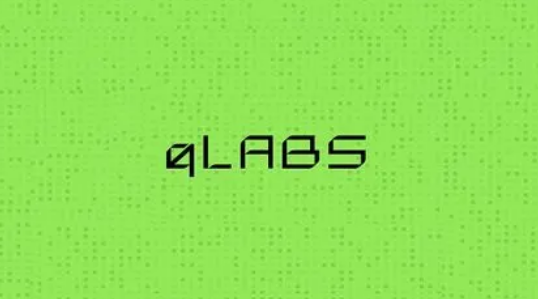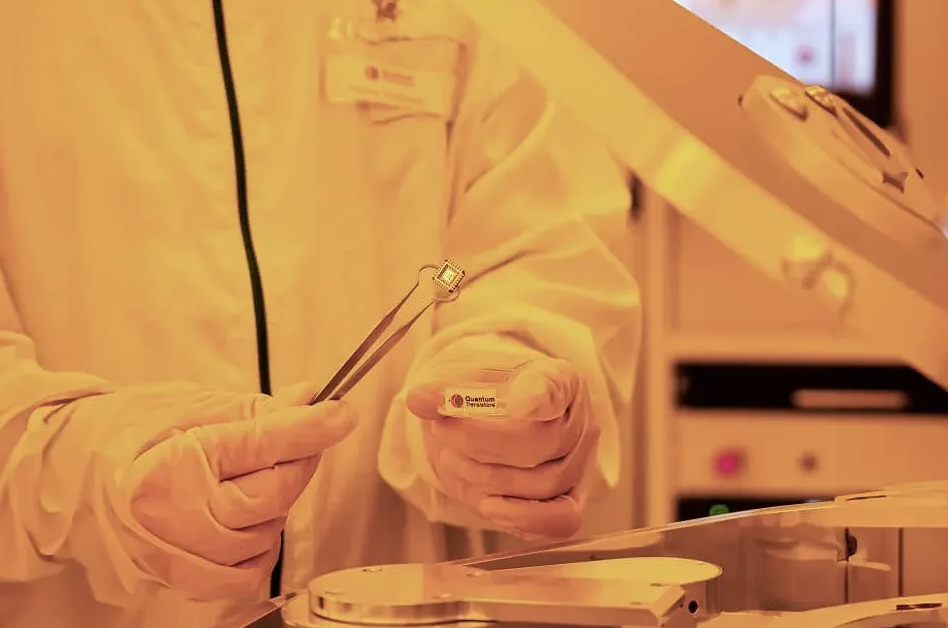Insider Brief:
- Researchers from the Autonomous University of Madrid used IBM’s quantum processors to model how quantum fields behave in a dynamically evolving universe, providing a new approach to studying quantum field theory in curved spacetime.
- By designing a quantum circuit that mimics spacetime expansion, the team simulated how quantum fluctuations lead to the spontaneous creation of particles, a process traditionally thought to be experimentally inaccessible.
- Despite noise in today’s quantum devices, the researchers applied zero-noise extrapolation techniques, improving the accuracy of particle number estimations and demonstrating the potential of quantum computers for fundamental physics research.
- As quantum hardware advances, researchers intend to model more complex quantum field interactions, potentially simulating black hole evaporation, information loss, and other cosmological phenomena.
A unified theory bridging gravity and quantum mechanics remains elusive, as if the universe itself resists full comprehension. The interplay between spacetime and quantum fields, however, continues to intrigue physicists. One way to navigate this uncertainty is through quantum field theory in curved spacetime—a framework that treats spacetime as a classical background while allowing quantum fields to evolve within it.
QFTCS has yielded several fascinating theoretical predictions in modern physics such as Hawking radiation, the Unruh effect, and cosmological particle creation, yet they remain frustratingly out of reach for direct experimental confirmation. Traditional tests require extreme conditions, like black holes or the early universe, where the effects manifest naturally. But what if we could recreate these environments, in some form, on Earth?
This is where quantum computing enters the picture. In a recent study published in Nature’s Scientific Reports, researchers from the Autonomous University of Madrid used IBM’s quantum processors to digitally simulate the creation of particles in an expanding universe. By designing a quantum circuit that mimics spacetime dynamics, they demonstrated that current quantum computers, despite their noise and imperfections, can potentially provide meaningful insights into phenomena that once seemed purely theoretical.

Quantum Fields in Motion
Integral to the study is a model that describes how quantum fields behave when the universe expands. The researchers considered a minimally coupled massive scalar field which is essentially a quantum field evolving in a universe that transitions from one stationary state to another through a brief inflationary period.
In a classical picture, this expansion is encoded in the Friedmann-Lemaître-Robertson-Walker metric, which dictates how distances change over time. Quantum mechanically, this affects the vibrational modes of a field. Before expansion, these modes exist in a stable vacuum state, but once the universe stretches, the vacuum is no longer the same. The field is effectively “shaken,” leading to the spontaneous creation of particles.
Mathematically, this process is captured by Bogoliubov transformations, which describe how initial quantum states map onto new ones after spacetime shifts. The key takeaway is that the expansion alters the structure of quantum fluctuations, leading to measurable particle creation.
The challenge lies in simulating this process computationally. In classical physics, such calculations grow exponentially complex, particularly as more vibrational modes are included. Digital quantum simulation, on the other hand, may provide an alternative path.
From Mathematics to Quantum Circuits
To translate these ideas into a working quantum circuit, the researchers assigned qubits to represent different states of the quantum field. Specifically, they mapped the annihilation and creation operators (which describe the quantum excitation of a field) onto qubit states.
The resulting circuit encodes how the field evolves over time, incorporating hundreds of quantum gates that act as stepping stones through the universe’s expansion. The researchers tested this on IBM’s 127-qubit Eagle processor (ibmq_osaka).
Given the inherent noise in today’s devices, they also incorporated error mitigation techniques, particularly zero-noise extrapolation. This technique effectively estimates what the circuit’s output would be in an ideal, noiseless setting by analyzing how results change with increasing noise levels.
Validating the Quantum Cosmos: Insights and Challenges
The experiments confirmed that particle creation occurs as expected, aligning well with theoretical predictions. The researchers measured the number of particles produced and the fidelity of the simulated state—how closely the quantum computer’s output matched the expected results.
One of the major takeaways was that even with current levels of noise, the quantum circuit produced meaningful results. The zero-noise extrapolation significantly improved the accuracy of particle number estimations, demonstrating that quantum computers can be pushed toward reliable scientific simulations despite hardware limitations.
However, the study also underscores the fragility of deep quantum circuits. The sheer number of quantum gates required—coupled with noise—led to significant fidelity losses. Future improvements in error mitigation, or the transition to fully error-corrected quantum computers, will be necessary to push these simulations into uncharted territory.
From Toy Models to Cosmic Truths
The researchers see this as an initial step toward larger, more complex simulations of quantum fields in curved spacetime. As quantum processors scale, it may become possible to simulate multiple modes of a quantum field, capturing even more details of how matter and energy behave in an evolving universe.
A long-term goal is to move beyond toy models and simulate scenarios that classical computers cannot handle. For instance, exploring the interplay between multiple quantum fields in an expanding universe, or testing hypotheses about black hole evaporation and information loss. The quantum universe, it seems, is beginning to unfold on hardware built for an entirely different purpose. And in that unfolding, we may find ways to answer questions that gravity alone refuses to yield.
Contributing authors on the study include Marco D. Maceda and Carlos Sabín.






